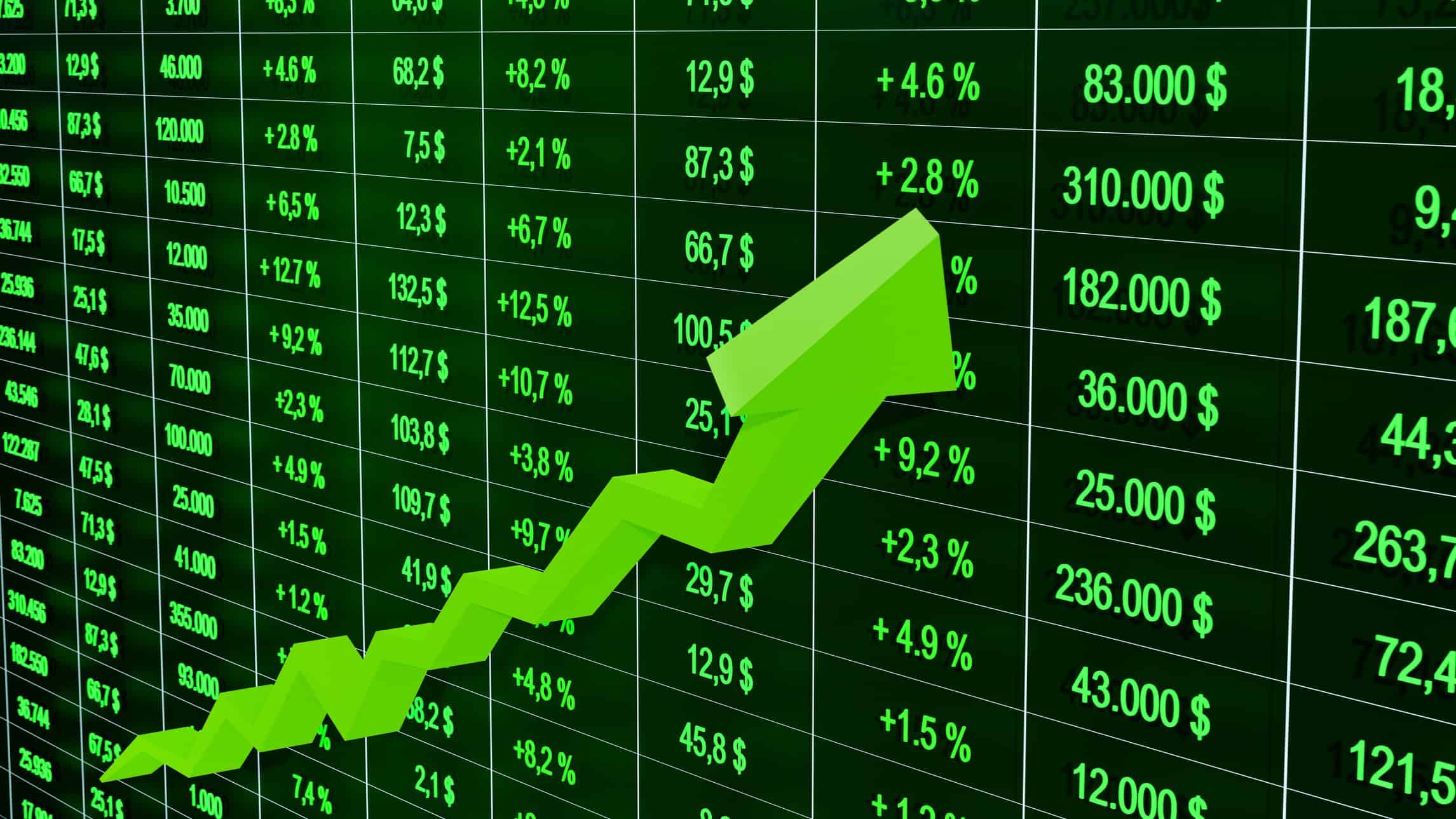
Growth stock Electro Optic Systems Ltd (ASX: EOS) share price has taken a heavy hit recently, tumbling roughly 50% from its earlier highs. For most companies, a drop like that signals trouble. But when you look at what Electric Optic Systems has delivered this year, the pullback starts to look completely disconnected from the fundamentals.
At around $5 per share, Electric Optic Systems now trades at levels that simply don’t reflect the momentum building inside the business. And after going through its latest numbers, I honestly think this is shaping up as one of the more interesting growth opportunities on the ASX.
A defence business gaining serious momentum
Electric Optic Systems has moved beyond its early days as a speculative tech name. The growth stock is now landing substantial defence contracts in high-demand areas like counter-drone technology, high-power laser systems and next-generation remote weapon station (RWS).
The company delivered a solid set of numbers in the first half of FY25, including:
- Revenue jumped 69% to $143.6 million
- Underlying EBITDA returned to profit at $17.3 million
- Operating cash flow came in at $26.4 million
- Cash on hand improved to $65 million
A contract pipeline that keeps growing
One of the most important metrics for a defence company is its backlog. And Electric Optic Systems now has a $414 million order backlog.
That includes:
- The huge A$125 million laser contract with the Netherlands
- Multiple Slinger counter-drone system orders in Western Europe
- A $108 million LAND 400-3 contract supplying RWS to the Australian Defence Force
This is not potential work waiting to be won. These are firm contracts that give Electric Optic Systems clear revenue visibility for years to come.
On top of that, the company is still in the running for a potential $500 million-plus Middle Eastern defence opportunity and a second high-power laser contract, which management has already hinted could materialise. Electric Optic Systems has the advantage of offering proven technology, something defence buyers value heavily, especially in fast-moving areas like counter-drone warfare.
Even if one of these contracts’ lands, it would significantly reshape the company’s revenue outlook. If both opportunities come through, I doubt the market will keep valuing the growth stock anywhere near its current levels.
Why I think the sell-off has gone too far
The fall in the Electric Optic Systems share price has been mostly sentiment-driven. But the numbers show a company:
- Growing revenue rapidly
- Returning to EBITDA profitability
- Generating positive operating cash
- Expanding its footprint across key global defence markets
And importantly, the world is moving toward exactly the kind of technology Electric Optic Systems specialises in. Drones and counter-drone systems are now priority spending areas for militaries everywhere.
My take
Looking at the fundamentals, Electric Optic Systems appears much stronger than a company that has shed 50% of its share price. If the company keeps delivering on contracts and lifting margins, I can easily see the share price bouncing back to its recent highs.
For long-term investors willing to be patient, I think this downturn is offering a rare chance to buy a genuinely exciting defence growth story at a heavily discounted price.
The post After falling 50%, this under-the-radar growth stock looks like brilliant value to me appeared first on The Motley Fool Australia.
Should you invest $1,000 in Electro Optic Systems Holdings Limited right now?
Before you buy Electro Optic Systems Holdings Limited shares, consider this:
Motley Fool investing expert Scott Phillips just revealed what he believes are the 5 best stocks for investors to buy right now… and Electro Optic Systems Holdings Limited wasn’t one of them.
The online investing service he’s run for over a decade, Motley Fool Share Advisor, has provided thousands of paying members with stock picks that have doubled, tripled or even more.*
And right now, Scott thinks there are 5 stocks that may be better buys…
* Returns as of 18 November 2025
.custom-cta-button p {
margin-bottom: 0 !important;
}
More reading
- Bell Potter names the best ASX defence stocks to buy
- Two ASX defence stocks to add to your christmas wish list
- The sleeper defence stock set to explode? Up 240% in 2025, and poised to fire again!
- 4 ASX shares I’d buy today with $10,000
- Top brokers name 3 ASX shares to buy next week
Motley Fool contributor Aaron Teboneras owns Electro Optic Systems Holdings Limited. The Motley Fool Australia’s parent company Motley Fool Holdings Inc. has positions in and has recommended Electro Optic Systems. The Motley Fool Australia has no position in any of the stocks mentioned. The Motley Fool has a disclosure policy. This article contains general investment advice only (under AFSL 400691). Authorised by Scott Phillips.








